Vogue Scandinavia talks to some of the most prominent pairs working in photography today about collaboration, arguments and finding focus with one another
In the act of image-making, photography studios can become battlefields. A vast white room turned into a land of contrasts, where cameras shoot, holding captive moments and characters in a frame. As Susan Sontag wrote, picture-taking “ignites the predatory instinct”, making humans stealthy observers capable of seeing people as they never see themselves.
Other things have been compared to warzones, like love in Pat Benatar’s 1983 new wave song, an anthem for believers in which the singer declares her commitment to the abstract sentiment. Despite both territories – photography and love – being declared lethal, some decide to take a blind leap into the void and practice both simultaneously. Just as the invention and modernisation of cameras required collaborative efforts, photographers have combined affection and profession to defy the often solitary discipline of photography by forming collaborative duos.
Images conceived with a single camera but signed by two people can raise questions about dynamics – in photographer duos, who presses the shutter button? Here, some of photography’s most influential pairs talk to Vogue Scandinavia about their dynamic for picture-making, authorship, and what it takes to maintain a harmonious work-love relationship.
Constance Hansen and Russell Peacock - “Guzman”
A look over the couple’s body of work reveals a disrupting and rebellious energy contained in highly-stylised compositions and the best fashion. In the tension between glamour and discomfort, Constance ‘Connie’ Hansen and Russell Peacock distilled their vision together as Guzman in an era when fashion photography hailed excess and perfectionism. “They didn’t care about anything but photography, and decided to create their own world,” says Véronique Peres Domergue, Guzman’s agent for more than 20 years and a close friend of the pair for even longer.
First finding fame through their shots for the music industry (their early work included Debbie Harry’s Rockbird and Janet Jackson’s Rhythm Nation 1814 album covers), the duo merged their knowledge of art and design and became two of the first photographers to work in a collaborative form. The 'Guzman' pseudonym came from a need for distinction: “We needed singularity, because, at the time, the idea of ‘two photographers’ was unheard of," say the duo. "Having one name that represented both of us did the trick."
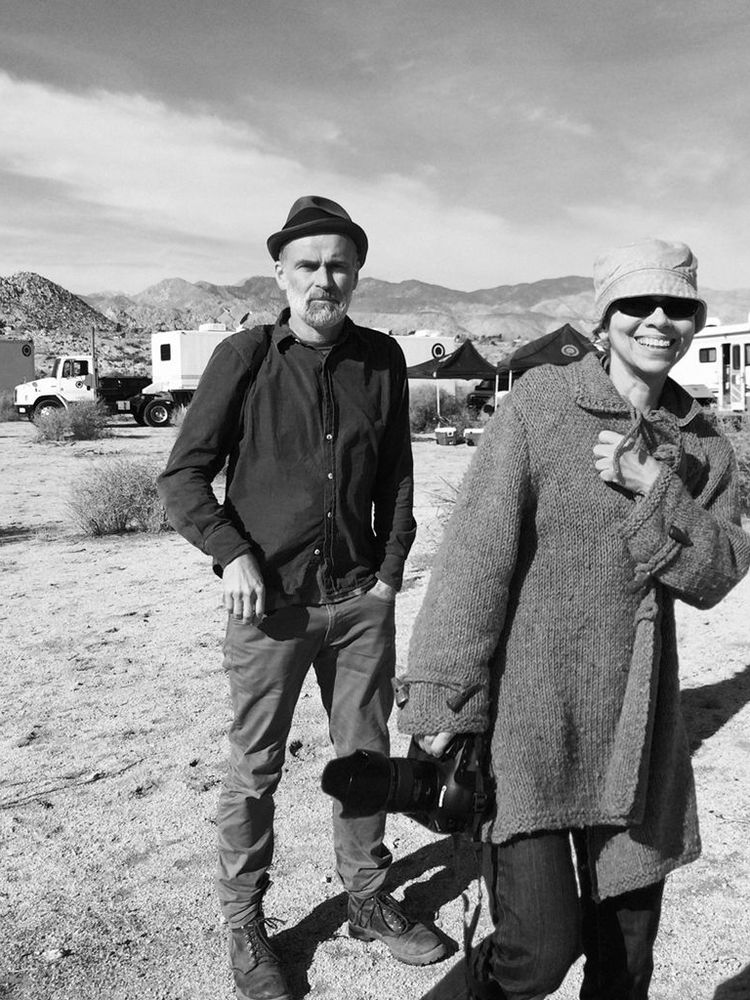
When Guzman started out, working as a duo in photography was "unheard of" they say. Photo: Courtesy of Veronique Peres Domergue
Guzman’s work dynamic is based on a camera rotation which usually begins in Hansen’s hands and finishes in Peacock’s. The couple’s images come to life with her knowledge of the technicalities of photography and his retouching skills. “The strength of their creativity comes from being soulmates; it lies in their complicity: her fashion knowledge and his ability to make their work recognisable through their signature style,” says Peres Domergue.
Iris Alexandrov Klum and Mattias Alexandrov Klum - “Alexandrov Klum”
The path to successful collaboration for the Swedish duo behind Vogue Scandinavia’s first cover began with confrontation. “We were in Hawaii, sitting in a car, making stops in a National Park, and I looked out of the window, and I told him: ‘It's so beautiful here,’ and he said: ‘Beautiful? All this vegetation doesn't belong here, and it’s invasive. It comes from different parts of the world,’” recounts Iris. Amid this clash of opinions, the pair found their synchronicity. “We intertwined through seeing the world individually, and then by deconstructing those ideas to form new ones together," continues Mattias. "Trying to be less me, and more us."
Love was essential to this story. The two had established successful careers individually before becoming a couple in 2016 – Mattias as a photographer for National Geographic and Iris as an installation artist and photographer – but the duo say that finding each other in the middle of a drought of inspiration gave their work new dimensions. On set, the couple’s dynamic is also based on encounters and interactions. “We have a few cameras that we use with different angles. We usually take pictures, film, and also record sounds. All that is collected later as one body of work, so it's not like ‘that photo is of Mattias’, 'that photo of Iris,’" explains Iris. "We make a selection from all of the produced work, and then, when it comes to post-production, that's more my field.” Mattias adds admiringly: “She’s a computer wizard.”
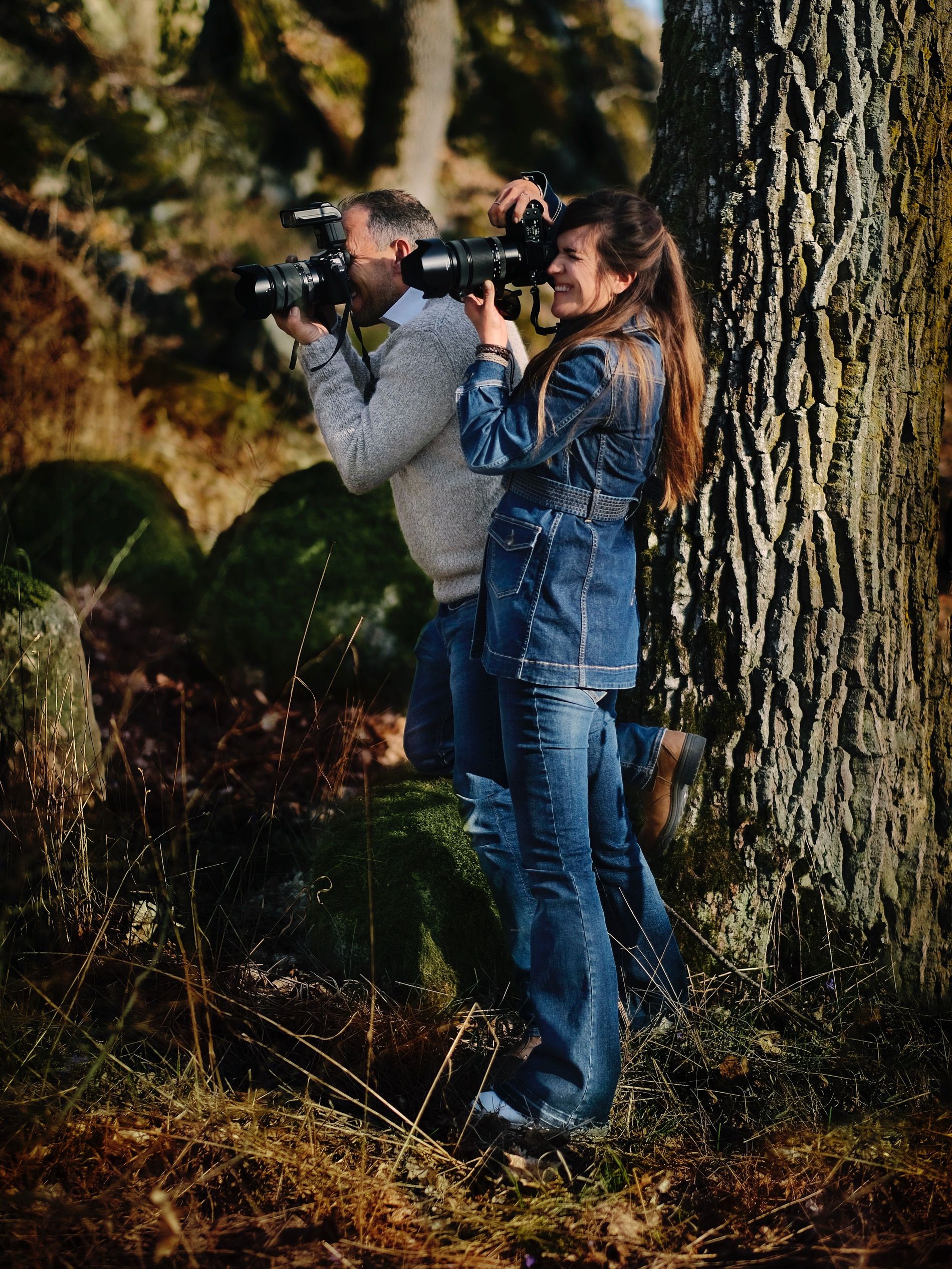
Photography power couple "Alexandrov Klum" shot Great Thunberg for Vogue Scandinavia's first ever cover. Photo: Ludvig Almås
As united as their vision often is – they say they are surprised by how similar their photos are – the pair are still individuals and naturally disagree on occasion. “We have this rule: when someone disagrees with anything, furniture that we're going to buy or artwork that should be included in our project, and the other person doesn't like it, then we don't do it," says Iris. "Because we have to agree."
Rog and Bee Walker - “Paper Monday Studio”
In true New York City style, this couple made their first studio their life. In the same space where they created, they lived – and even hosted their wedding reception. After having separate careers – Rog as a photographer and Bee outside of the creative industry – a partnership with VSCO (the creative platform and mobile photo-editing app) brought them together as a brand, as Rog and Bee. Two months later, the couple took Solange’s wedding photos, another moment that helped them realise that being a creative couple could be a thing.
For this duo, collaboration is not necessarily in photography but in the environment they conceive their images. With plenty of subjects frequenting their studio – now in a separate space from their home – it is vital for them to cultivate a comfortable space for getting the best shot of people. “Bee always brought that to the table, being able to connect with people," says Rog. "They just like Bee more than me, and that opens a space where I'm able just to take pictures." Bee adds, “The collaboration is not a photographic collaboration. It's a creative and social collaboration.”
Related: #MyVogueScandinavia: Benjamin Tarp is using fashion photography to create his very own fairytales
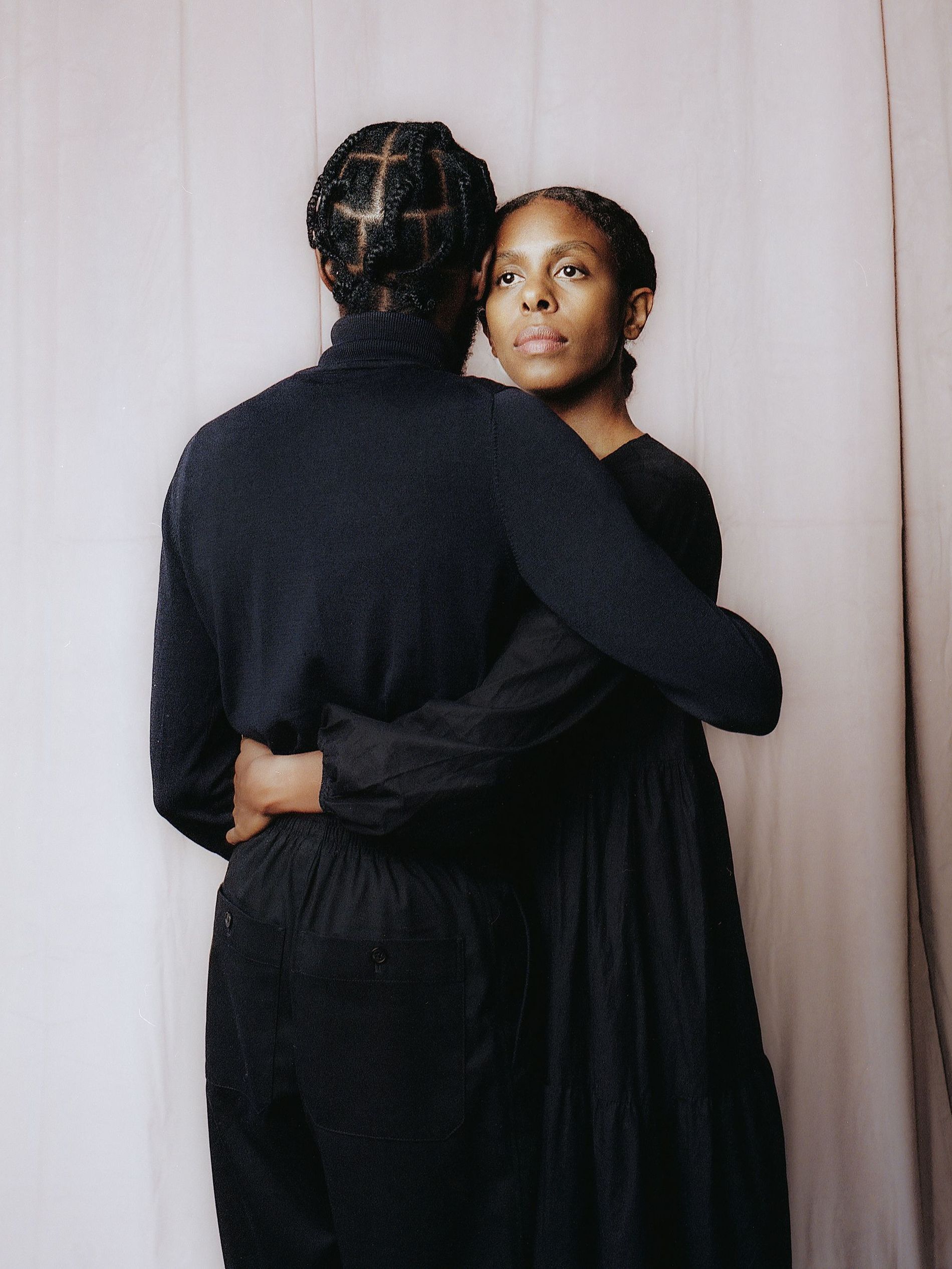
Rog and Bee's spacial collaborations have seen the pair produce wedding photos for Solange. . Photo: Rog & Bee Walker
Rog and Bee found their duo dynamic through recognising their individual strengths. He would be facing the photographic space: “He’s really good there, he sees straight through what needs to be done and how to take that photograph,” says Bee. “I could add fixing a flipped lapel or a wrinkly shirt that I know will be difficult to deal with in post-production.” She's being modest; her contribution often includes movement direction for the subjects, while Rog says, “She allows me to see the image, while she's the one able to see the person.”
Luca and Alessandro Morelli - “The Morelli Brothers”
For as long as Luca and Alessandro Morelli have shared surnames, they have shared interests. While growing up in Bari, Puglia, their activities as kids involved making movies at home and taking photos of their tallest friends who served them as models. Moving to Milan only made them closer. “By living together in another city, just the two of us, we discovered each other in another way, our shared passions, and what we wanted to do professionally,” says Luca, who first majored in architecture. “What got us to this job is our dedication to stories. Photography was never about technicality, which is something we learned on the way, making mistakes,” says Alessandro, who studied fashion and art direction.
Every visual signed by the Morellis begins with a storyboard, “as if it was a video, preparing every shot, something that Ale does amazingly because he does a lot of research,” says Luca, who is usually in charge of the camera while his brother controls the monitor. “We’re not jealous with roles, and we always exchange. We sit together from the preparation of the story to the editing – we will never do things separately,” adds Alessandro.
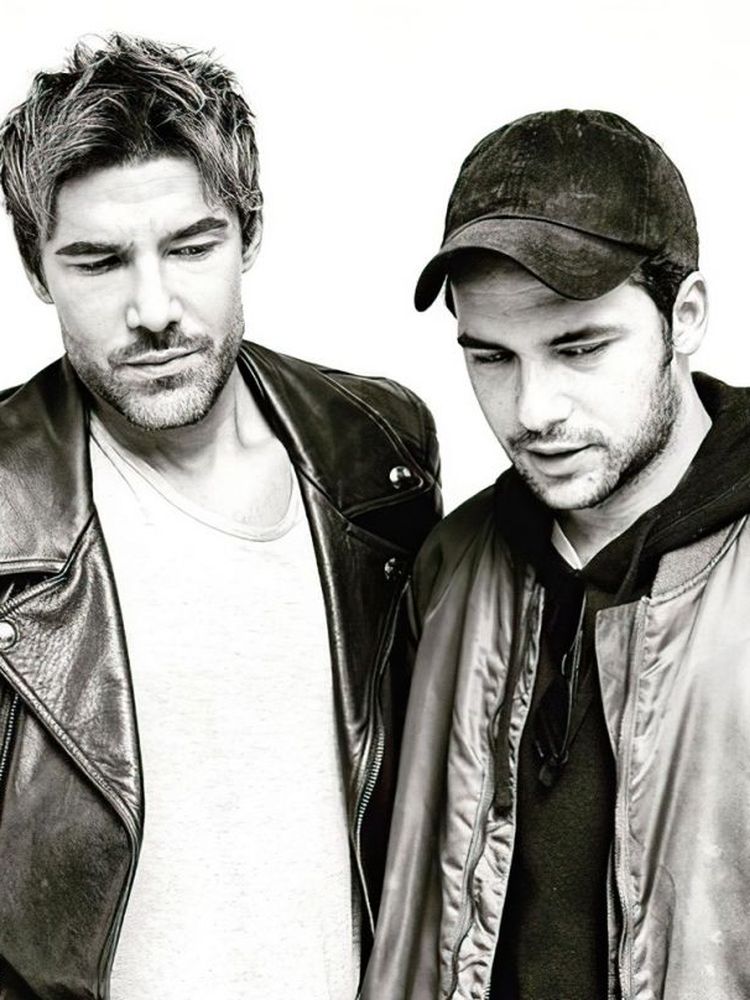
The Milan-based Morellis count the Kardashian-Jenners among their models. Photo: Morelli Brothers
The set is the brother’s sacred place. “It is the only moment where we don't argue, because we trust each other in the creative process, and we’re able to support and influence the other’s idea,” says Luca. Their interaction reveals admiration for one another, with a spirit of playful complicity on show in the fashion images they have been creating for nearly a decade. Now, with professional equipment and a deeply mature understanding of storytelling, these brothers have replaced kids games with Vogue covers, in which they still somehow photograph their closest friends: supermodels, award-winning actors and musicians, or the Kardashian-Jenners.
Inka and Niclas Lindergård - "Inka & Niclas"
For Inka and Niclas, who feature in Vogue Scandinavia's December/ January issue, working together is synonymous with work - it's how they've been operating for the last 15 years. Early into their relationship, the Swedish duo knew they wanted to create together. “We got so involved in each other's individual works, that there was no point in doing individual work any longer," they say, appropriately replying to our questions together. "Even if we tried, the other would end up involved.”
The pair met at photography school and have been collaborating ever since. “We do things with the cameras and flash at the moment of exposure; that needs to be one person behind and one in front of the camera. We also take turns doing that,” says Inka. Individual assignments for the duo are more defined in the processes prior and following the exposure. “One researches while the other does post-production or writing,” explains Niclas.
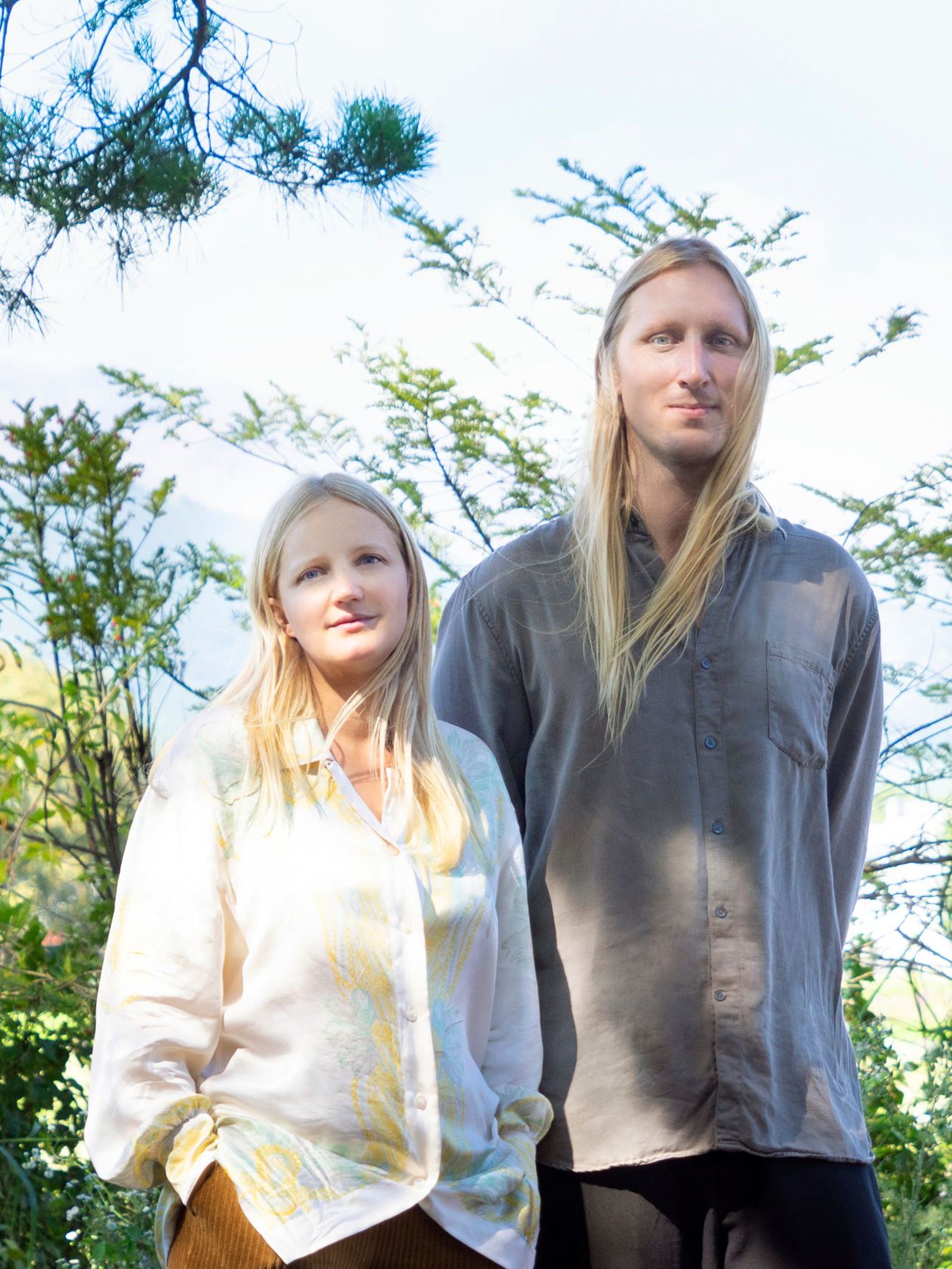
Inka and Niclas' work can be high-pressured, meaning a tacit understanding is crucial. Photo: Harumi Shimizo.
Assigning roles has been key for the couple, who work primarily in nature. “We need to see the light, the weather, and so many things; it is nicer being two for that," says Inka. "It would be much more boring to sit on a rock on your own." There's also a pressure to their work that means that a natural understanding between the people involved is crucial. "When we're out there working, we always work with a small flash. So we need the light to be perfect in intensity, not too bright, not too dark," explains Inka. "And that's maybe 15-20 minutes a day that we can work with perfect light. So those few minutes are super focused.”

